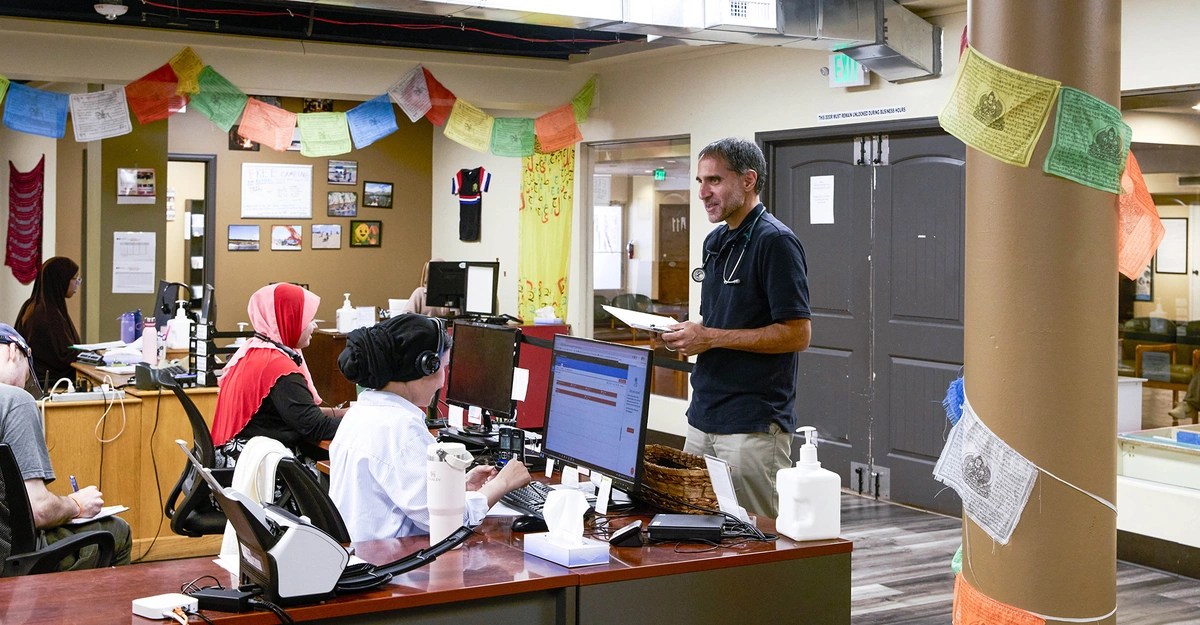Copyright independent

Zscaler is a Business Reporter client Organisations are keen to thwart cyber-attacks and other outages – but they are failing to ensure IT teams are resilient enough to cope with what’s expected of them. With high-profile cyber-attacks occurring on a regular basis, organisations are all too aware of the likelihood that they will fall victim to an incident at some point. Zscaler and Positive Intelligence’s The Missing Link report suggests 45 per cent of organisations have already experienced a failure scenario in the past six months, and 60 per cent expect to do so in the next six months. But while organisations place a high priority on technical innovation and Zero Trust platforms to reduce the risk of becoming caught up in an event, they are overlooking another critical element: the resilience of their own IT and security leaders and teams. When a crisis hits, it’s vital that the individuals who will be tasked with minimising damage, protecting assets and getting the organisation back up and running as quickly as possible are in a fit state to do their job. That means being resilient enough to cope with the pressure, and not under any undue or avoidable stress elsewhere in their lives. Zscaler’s research, though, suggests that organisations do not put sufficient emphasis on this. Only 37 per cent explicitly measure individual resilience through employee surveys, and 29 per cent don’t measure it at all. It’s not surprising, then, that 51 per cent don’t believe their employer cares about personal resilience. This is something organisations should be looking to improve: 47 per cent of IT professionals consider themselves only somewhat resilient, or worse. This means that in a crisis situation almost half of IT employees will be struggling with their own issues, at a time when the organisation really needs them to deliver. Even worse, it’s often work-related matters that lie behind a lack of resilience. Four in 10 (40 per cent) say concerns about IT disruptions spill into their personal lives and 27 per cent say their workload and day-to-day pressures negatively impact their personal resilience. But half of IT professionals believe that their organisations aren’t aware of the day-to-day stressors in their working lives, and 43 per cent don’t believe that their organisations recognise the link between personal resilience and overall business resilience. There are steps organisations can take to improve the personal resilience of their IT teams. First, leaders need to address their own resilience so they can lead by example. This starts by understanding the blockers that might be limiting resilience, including traits such as self-doubt, hypervigilance, perfectionism or avoiding dealing with problems. Effective training can then help overcome these, teaching the mind to respond to issues with clarity, creativity and calmness. This can be achieved through simple mental fitness exercises that can identify negative elements and boost emotional control and empathy. Developing personal resilience can also further individuals’ own leadership capabilities, reducing burnout and improving decision-making under pressure. Studies by PQ, a global community of leaders, found that after seven weeks of mental fitness training, 98 per cent of people experienced better emotional intelligence, 92 per cent were better at teamwork and collaboration, and 84 per cent demonstrated improved conflict management skills. The next step is for leaders to apply the same approach to their wider teams. A good start is for them to document their own journey and share this with employees, helping to send the message that this is something that everyone would benefit from. It’s particularly important that managers develop their resilience, and that they can also ensure their teams are coping. Train managers to spot the signs of stress, and encourage them to respond with support. Teams can also be supported in how they would deal with a crisis from a personal perspective, so they are better prepared for one if and when it arises. Encourage managers and leaders to remain calm and communicate clearly, and develop scripts or quick-response protocols they can call on in certain situations. Role-playing high-pressure situations can ensure people are less likely to panic, and this should also include using mindfulness or rapid-reset techniques as part of simulation cooldowns. It’s important to look after the resilience of staff during a crisis, too. Often employees end up working long hours during incidents, which can lead to burnout, so ensure they are rotated regularly. After an event, make sure teams are given time off so they can decompress from the event and recover. Leaders must also overhaul the wider company culture, so employees are better equipped to cope with any pressures that may come their way. Design job roles and work patterns so no one is irreplaceable, and provide access to tools such as breathing apps, peer support hotlines and recovery coaches, as well as guidance in sleep, nutrition and energy management. Make sure, too, that the concept of personal resilience is understood by all and embedded in how the organisation operates. Measure teams’ resilience and regularly benchmark this against previous surveys to assess how well employees are doing and identify any possible issues. The message from the research is clear: leaders that invest in enhancing their own resilience and that of their teams will be in a stronger position to cope with any incidents. In turn, this will ensure the organisation can recover quicker, with far less financial and reputational damage, and get back to business. To find your resilience superpower and discover how resilient you are – as well as your team – take the Zscaler quiz. To access Zscaler’s The Missing Link report, click here.



